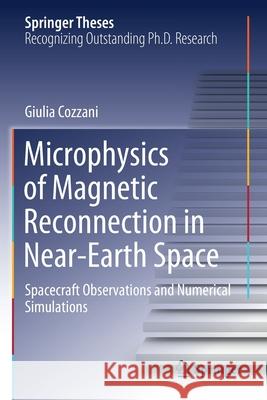Microphysics of Magnetic Reconnection in Near-Earth Space: Spacecraft Observations and Numerical Simulations » książka
topmenu
Microphysics of Magnetic Reconnection in Near-Earth Space: Spacecraft Observations and Numerical Simulations
ISBN-13: 9783030561444 / Angielski / Miękka / 2021 / 157 str.
Microphysics of Magnetic Reconnection in Near-Earth Space: Spacecraft Observations and Numerical Simulations
ISBN-13: 9783030561444 / Angielski / Miękka / 2021 / 157 str.
cena 508,15 zł
(netto: 483,95 VAT: 5%)
Najniższa cena z 30 dni: 501,19 zł
(netto: 483,95 VAT: 5%)
Najniższa cena z 30 dni: 501,19 zł
Termin realizacji zamówienia:
ok. 20 dni roboczych.
ok. 20 dni roboczych.
Darmowa dostawa!
Kategorie BISAC:
Wydawca:
Springer
Seria wydawnicza:
Język:
Angielski
ISBN-13:
9783030561444
Rok wydania:
2021
Wydanie:
2020
Numer serii:
000416125
Ilość stron:
157
Waga:
0.27 kg
Wymiary:
23.39 x 15.6 x 0.99
Oprawa:
Miękka
Wolumenów:
01
Dodatkowe informacje:
Wydanie ilustrowane











